With the Prius, Toyota may have single-handedly sparked the automotive industry’s “Electric Revolution.” However, Tesla poured gasoline on the fire and quickly emerged as the leader of the mass-produced electric vehicle movement. The company has rested on that fact for years, but it’s no longer the only game in town. Now, a California-based rival is stepping in with a multi-purpose electric vehicle prototype designed to compete squarely with the Tesla Cybertruck.
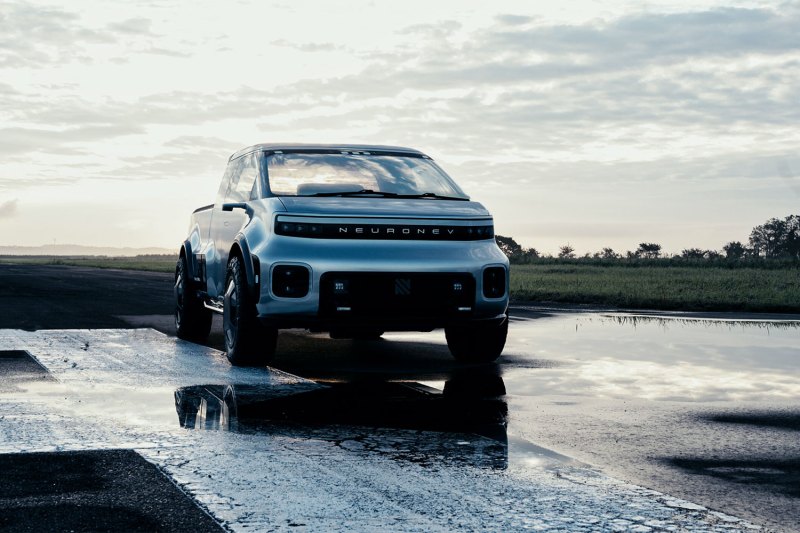
When Elon Musk personally unveiled the Cybertruck last month, mainstream and social media had a collective heart attack. The design was bold, even by Tesla standards, and more than enough to get people talking. While the botched debut event — complete with pyrotechnics and a laser light show worthy of a Mötley Crüe concert — garnered plenty of attention for the automaker, the Cybertruck itself felt more like a Musk-flavored publicity stunt than a realistic next-step for electric trucks.
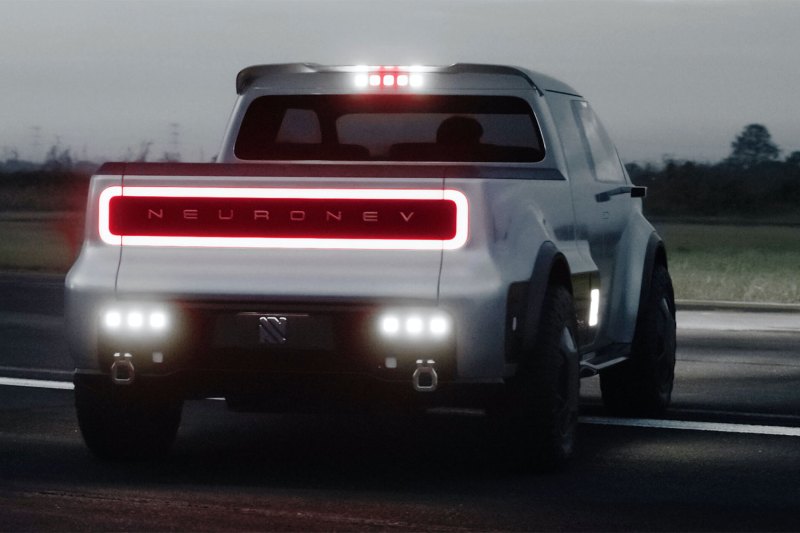
Neuron EV’s T.One is an altogether different beast. At first glance, the electric utility vehicle prototype is sleek, handsome, and future-forward. The curvy design is almost entirely devoid of hard angles, creating an organic, muscular look that appears ready for a hard day’s work. The steeply raked windshield, subtle rear spoiler, and mercury-like paint scheme provide the illusion that the truck is in motion, even at a standstill. Unlike the Cybertruck, which threw every element of classic automotive design out the window, and not in a good way, the T.One feels like a natural progression toward the electric trucks of the future.
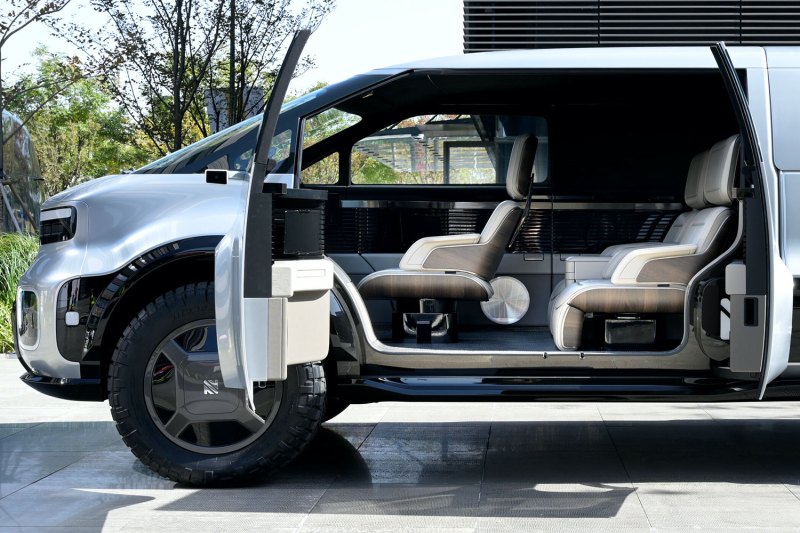
It’s built from the chassis up to be extremely functional. Neuron EV’s proprietary Map-Modular Platform allows its vehicles to be configured in a variety of ways. Almost on the fly, the T.One can be repurposed from a standard pickup truck into a tractor, a work van, or a people-hauler. The all-electric powertrain means the T.One will likely deliver more than enough torque to tackle any of these tasks. However, the company has yet to release performance numbers, arguing instead that a truck’s measure should be judged on its real-world practicality.
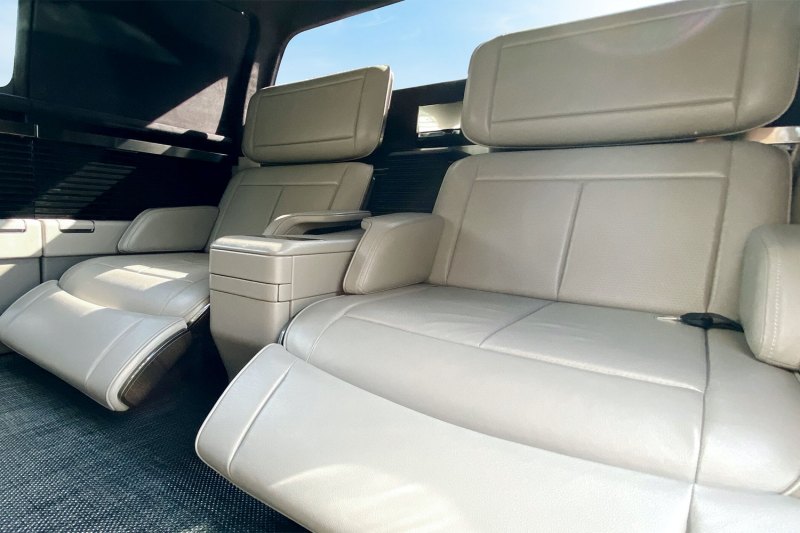
Suicide doors on either side of the truck open to reveal an interior that feels more like a Lincoln Navigator than a Ford F150. The plush cabin is customizable with high-end materials including real wood trim, swiveling captain’s chairs, designer carpeting, and leather seating materials. Perhaps the most striking and useful feature, however, is the reconfigurable layout. The interior can be reworked from a typical four-seater configuration to accommodate six passengers, or even a three-passenger option with two passengers in the rear and a single, cockpit-like setup for the driver front and center.
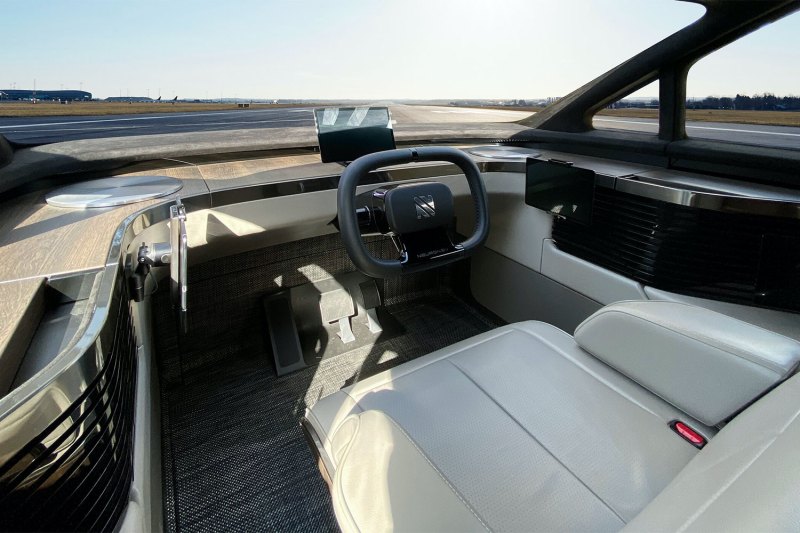
Launch details on the T.One are thin at this time. Neuron EV has yet to announce an official production schedule, but the company is currently taking reservations.
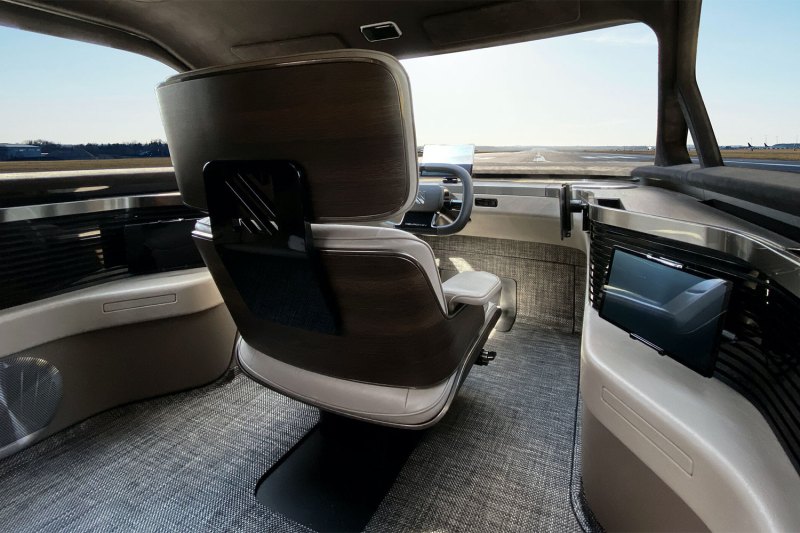
For an electric truck alternative that’s a bit closer to reality, check out Rivian’s lineup slated to land sometime next year.


